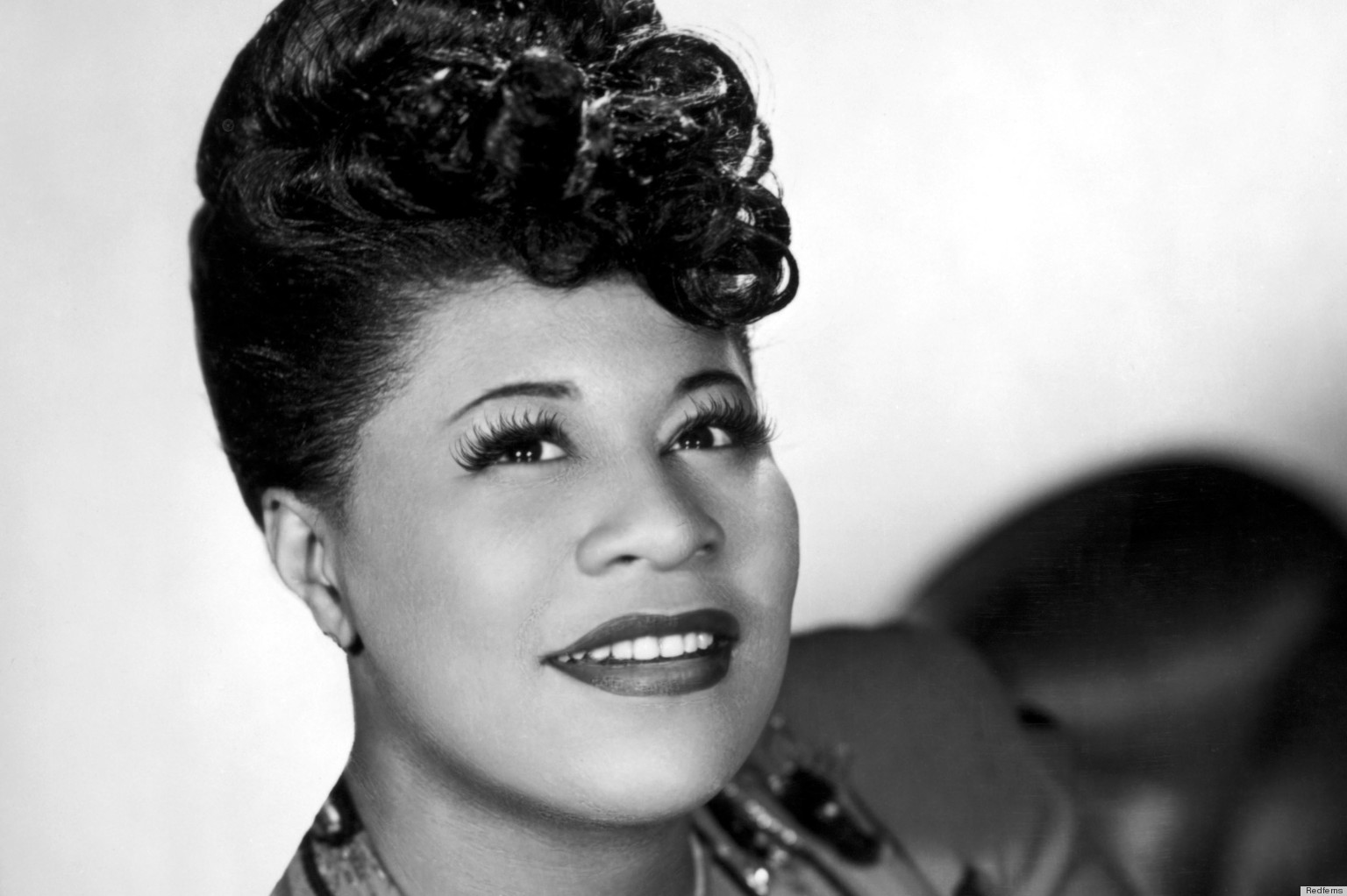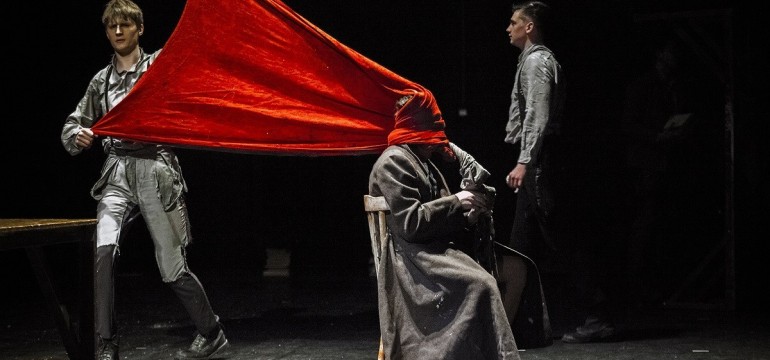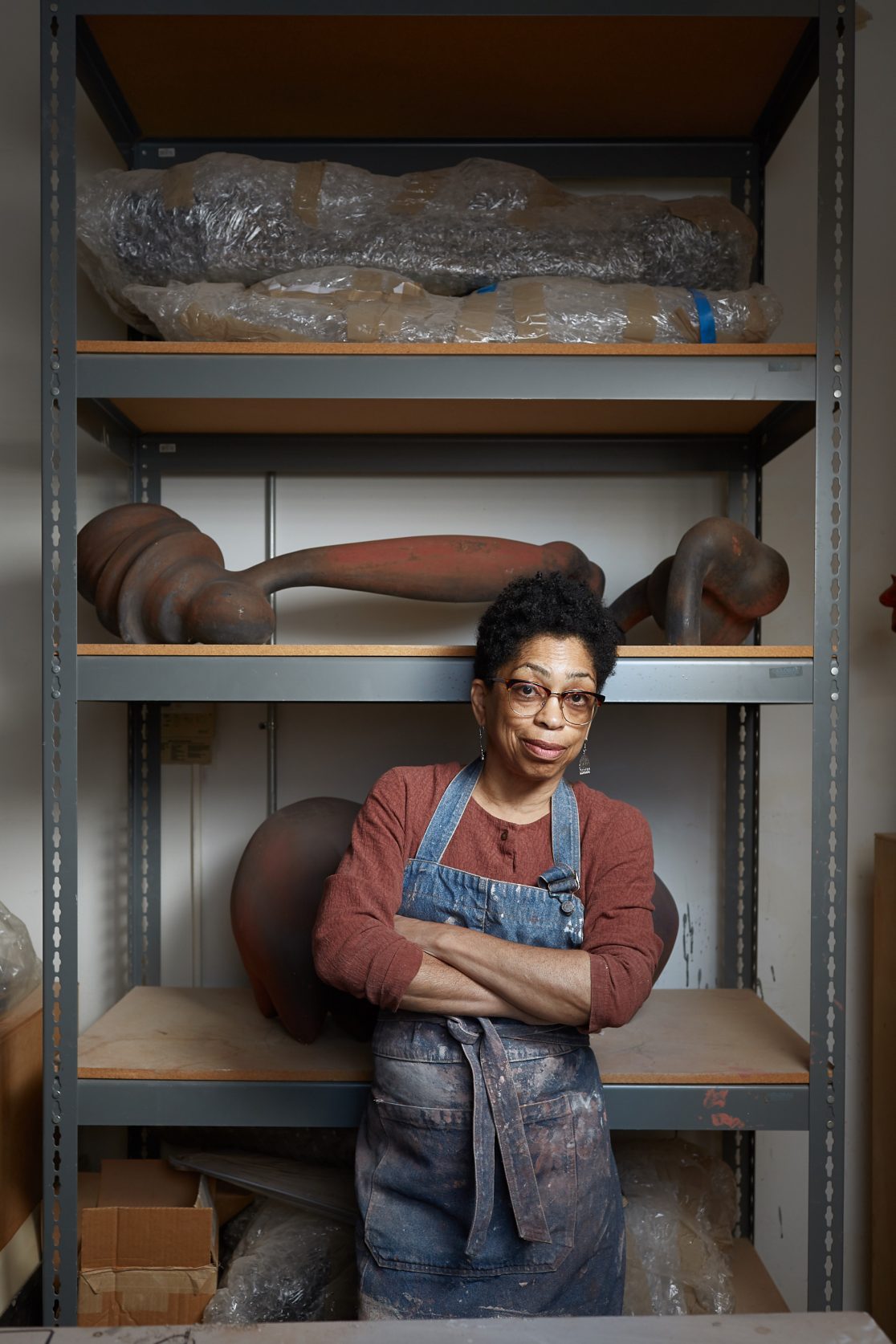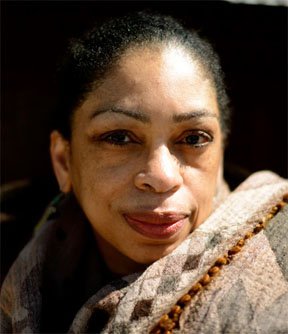Standard Ceramic’s NCECA’s Exhibitions
When the 52nd Annual Conference of the National Council on Education for the Ceramic Arts convenes in Pittsburgh this coming March 14 – 17, Standard Ceramic will transform its facilities into several galleries that will feature exhibitions by noted ceramic artists. In addition, eight universities will be featured in “pop-up” shipping container galleries on the property. Standard Ceramic is located
in Carnegie, a nearby community just fifteen minutes from the downtown conference location. Conference attendees will be able to travel to the site via charter buses and make their way through the galleries, viewing the art and touring Standard’s clay-making and glaze operations, its ClayPlace@Standard gallery space, Ceramic Supply Pittsburgh, and the company’s offices. Local musicians will perform throughout the opening, with food and drink provided.
The 2018 conference theme – Crosscurrents: Clay and Culture – will explore sources of inspiration that influence and impact work in ceramics today. The Standard exhibitions will address this theme. Over the next several months, we will feature stories about these artists and their shows here on our website. Visit us often to read about this exciting event.
Syd Carpenter: Musings on Place and Land
 Philadelphia ceramic artist Syd Carpenter will sow a garden at Standard Ceramic in March. Her organic sculptures will spring from the ground of the converted Color Department in an exhibit of pieces from her Places of Our Own series. Inspired by a tour of African American family farms in the southern US, this series embodies Carpenter’s devotion to sharing her interpretation of the visual through the creative act.
Philadelphia ceramic artist Syd Carpenter will sow a garden at Standard Ceramic in March. Her organic sculptures will spring from the ground of the converted Color Department in an exhibit of pieces from her Places of Our Own series. Inspired by a tour of African American family farms in the southern US, this series embodies Carpenter’s devotion to sharing her interpretation of the visual through the creative act.
This professor of studio art at Swarthmore College outside of Philadelphia encourages her students to “see the family of things in sharp detail and, having looked, make something of it.” For more than twenty years, Carpenter has guided young people at this small liberal arts institution where, she says, the interconnectedness of disciplines provides a constant impetus to be curious about the world and to respond through action. She sees art as her “common bond” to the world and challenges others to develop their own skills of observation – of both the world and of the self – regardless of their field of study or occupation.



The physical environment captures Carpenter’s attention. Her sculptural pieces evoke geographical landscapes, with organic shapes and surfaces. The pieces she will bring to Pittsburgh are large, stand-alone sculptures, each representing a specific family of farmers. She describes the cultural history that gave rise to her work:
Surprisingly, African Americans are not thought of as farmers, even though farm work was what we were brought here to do. I read about the Southern African American Farmers Organic Network and learned that there are many multi-generational family farms in the South, owned by African Americans. I contacted several of them, asked them if I could visit, and planned a tour. In speaking with them, I saw the difficulty of staying on the land, of keeping it. I see them as nameless heroes and wanted to shed light on their anonymity, give them the recognition that is due. I wanted to name them.
 Her tour took her to Georgia and South Carolina’s Gullah Islands. Some farmers raised livestock and crops; others focused on garden plants. Sometimes Carpenter would only have a short visit because the farmers had too much work to do. Others welcomed her into their homes for long conversations and hospitality. She says, “I saw the importance of having a ‘home place,’ a tangible place that locates you, a place where your traditions and memories reside, a place that sustains your family and community.” She took these impressions home with her to the studio and formed a visual interpretation of her experience for each farm family. When the works were first exhibited, one of the families drove north for the opening, bringing food from their farm for the reception.
Her tour took her to Georgia and South Carolina’s Gullah Islands. Some farmers raised livestock and crops; others focused on garden plants. Sometimes Carpenter would only have a short visit because the farmers had too much work to do. Others welcomed her into their homes for long conversations and hospitality. She says, “I saw the importance of having a ‘home place,’ a tangible place that locates you, a place where your traditions and memories reside, a place that sustains your family and community.” She took these impressions home with her to the studio and formed a visual interpretation of her experience for each farm family. When the works were first exhibited, one of the families drove north for the opening, bringing food from their farm for the reception.
Carpenter lives in the Philadelphia neighborhood of Mount Airy, where she has her own studio and cultivates a garden. She spends her mornings in her studio. She says, “I am in there every day, sometimes making, other times just being.” Her afternoons are devoted to teaching. She does not see a dichotomy between her creative work and her academic work, saying, “The smallness of the community here enables conversation between disciplines, with many team-teaching opportunities. This is good exposure for an artist, sharpening sensibilities about how to be in the world.” The college has a generous sabbatical policy, offering time every four years instead of the traditional seven. Carpenter says there is an expectation that faculty “DO” in addition to teach, a perfect dynamic for an artist. Like her new-found farmer friends, she, too, has cultivated a “home place” that gives rise to future generations of artists and visually aware humans.
disciplines, with many team-teaching opportunities. This is good exposure for an artist, sharpening sensibilities about how to be in the world.” The college has a generous sabbatical policy, offering time every four years instead of the traditional seven. Carpenter says there is an expectation that faculty “DO” in addition to teach, a perfect dynamic for an artist. Like her new-found farmer friends, she, too, has cultivated a “home place” that gives rise to future generations of artists and visually aware humans.
To learn more about Syd Carpenter, visit http://blogs.swarthmore.edu/syd-carpenter/
To learn more about the 2018 NCECA Conference, visit http://nceca.net/2018-pittsburgh-pennsylvania/
